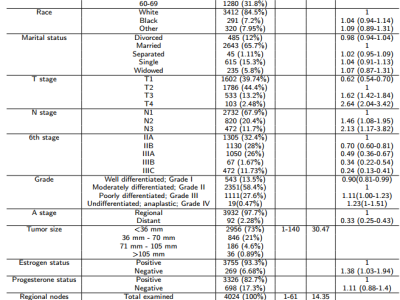Repetitive Control of Knee Interaction Torque via a Lower Extremity Exoskeleton for Improved Transparency During Walking

- Citation Author(s):
-
Robert McGrath (University of Delaware)Fabrizio Sergi (University of Delaware)
- Submitted by:
- Robert McGrath
- Last updated:
- DOI:
- 10.21227/ztmz-hj08
 89 views
89 views
- Categories:
- Keywords:
Abstract
We developed, implemented, and assessed the performance of two forms of plug-in type repetitive controllers (RC) for enhancing the transparency of a lower extremity exoskeleton that operates to support walking function. One controller is a first order RC (SING) consisting of a single period matched to the self-selected cadence of the participant. The second is a novel 'parallel' RC (PARA) which consists of a library of integrated RCs with varying periods, intended to accommodate a wider range of gait cycle times. We assessed the effects of both RCs under free cadence walking (FREE) and when walking with a metronome prescribing a consistent cadence matching the participants' self-selected value. Both conditions were evaluated both at fixed speed and under user-driven treadmill control (UDT), where the treadmill speed was regulated by the user's anterior/posterior position on the treadmill. The implementation of RC to the knee joint of the ALEX II exoskeleton lead to a significant reduction in torque error of 10-15% at the knee joint during swing and smaller, non-significant effects at the hip joint. While the PARA RC reduced knee torque error more than the SING RC during the FREE cadence condition, a 15% reduction vs. 10% reduction, the difference between the two controllers was not statistically significant. During the UDT sections of walking conditions, participants increased GS under both the SING and PARA RC types. After controlling for the increase in torque error associated with speed, both the PARA and the SING controller reduced TE at the knee joint during swing relative to baseline by 13% and 14%, respectively, with no significant effects to the hip joint. Our work presents a novel formulation of RC and demonstrates the feasibility of applying RC to a robotic exoskeleton joint to assist walking. Future work should be geared toward improving the gait cycle prediction algorithm and developing robust methods for accounting for impact dynamics.
Instructions:
DATA_RC_FIXTM.xlsx contains the data utilized in the fixed speed walking condition linear mixed model analysis. Contains the following columns:
1: Subject # (1-10)
2: Time Point (BL, FIXTM)
3: Metronome (FREE, METR)
4: RC Type (SING, PARA)
5: Knee Swing TE (Nm)
6: Knee Stance TE (Nm)
7: Knee Full GC TE (Nm)
8: Hip Swing TE (Nm)
9: Hip Stance TE (Nm)
10: Hip Full GC TE (Nm)
DATA_RC_UDTM.xlsx contains the data utilized in the user-driven walking conditions linear mixed model analysis. Contains the following columns:
1: Subject # (1-10)
2: Time Point (BL, FIXTM, UDTM)
3: RC Type (SING, PARA)
4: Gait Speed (m/s)
5: Knee Swing TE (Nm)
6: Knee Stance TE (Nm)
7: Knee Full GC TE (Nm)
8: Hip Swing TE (Nm)
9: Hip Stance TE (Nm)
10: Hip Full GC TE (Nm)






